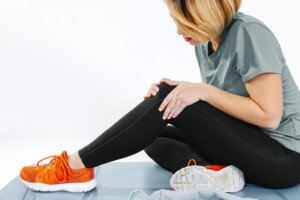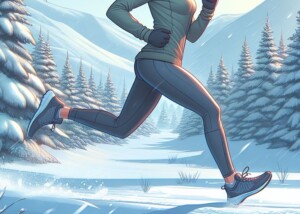
If running causes a sharp pain in one or both of your knees, don’t ignore this or try to “run it out.”
It is not normal and can have a variety of causes.
The human body was designed to run, and that’s how our ancient ancestors survived in the wilderness.
But today’s running is a lot harder on the joints and a lot more excessive in duration than what’s required for survival by a hunter-gatherer society of ancient or present-day times.
Knee Pain After Running
“Pain after running can be attributed to a wide variety of causes: meniscal pathology, ligamentous injury, exercise induced compartment syndrome or exertional compartment syndrome, cartilage degeneration or tendonitis,” explains Reggie Alexander, MD, an orthopedic surgeon with Orthopaedic Specialists in Los Angeles, CA.
- Meniscus: cartilage in the knee joint
- Ligament: band of tissue that attaches bone to bone
- Compartment syndrome: pressure buildup involving the muscles, resulting in reduced blood flow. Can radiate pain to the knee.
- Tendon: band of tissue that attaches muscle to bone. Can become inflamed.
“Also, it’s not uncommon for runners to have iliotibial band syndrome or tight hamstrings,” continues Dr. Alexander.
The repetitive bending of the knee during running can lead to iliotibial band syndrome.
The IT band, a group of fibers, runs the length of one’s upper leg, from hip to the top of the shin.
Overuse can cause the IT band to tighten up. A tightened band can then rub against the outside of one’s knee — causing pain that’s hard to ignore and should never be ignored.
As for tight hamstrings, these are frequently a culprit in knee as well as low back pain.
“It’s important for runners to note when the symptoms occurred (immediately, in the middle, or at the end of your run), associated symptoms that you may have with that knee pain (such as numbness or tingling), and how long it takes for your symptoms to resolve.”



























